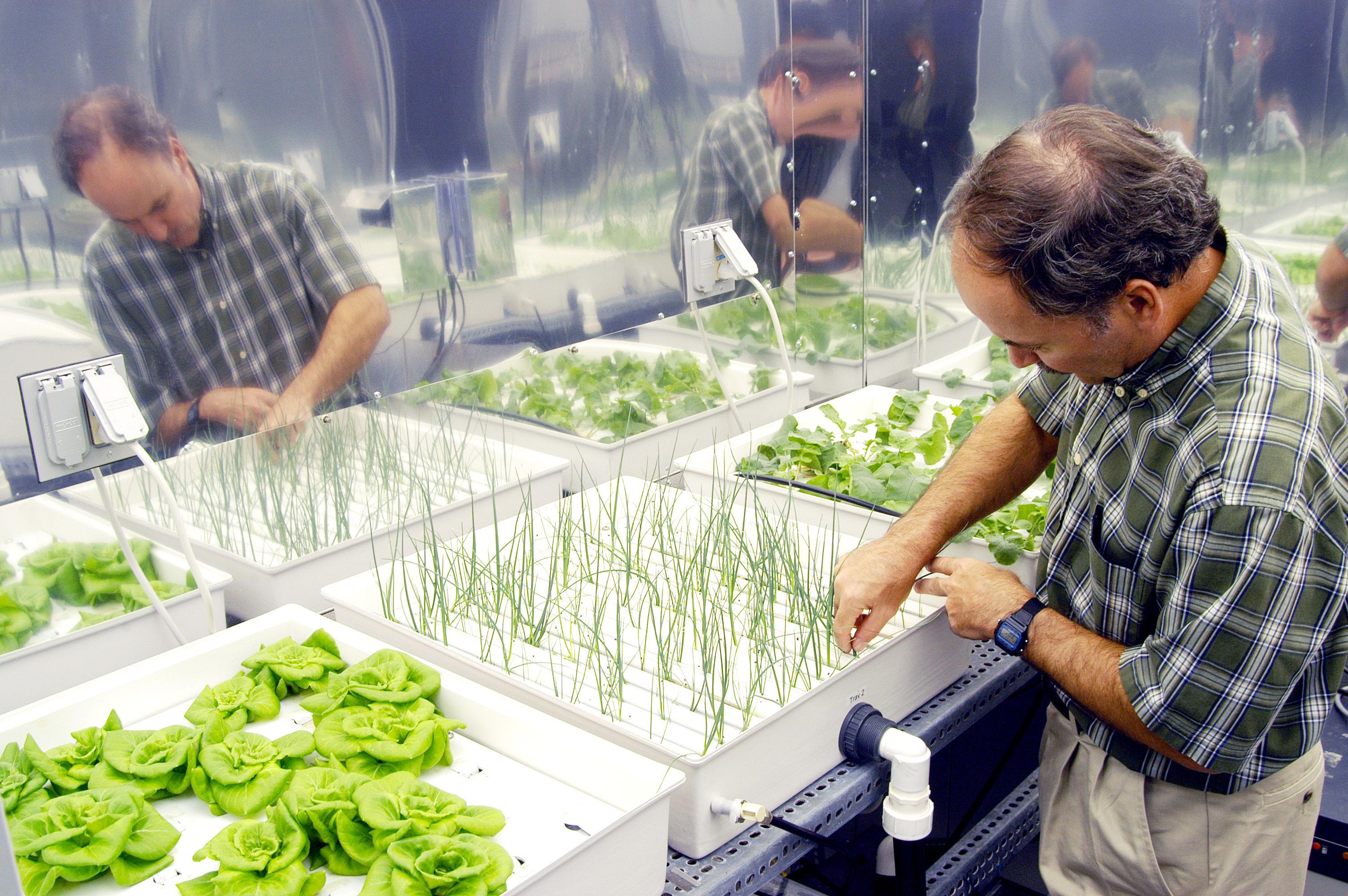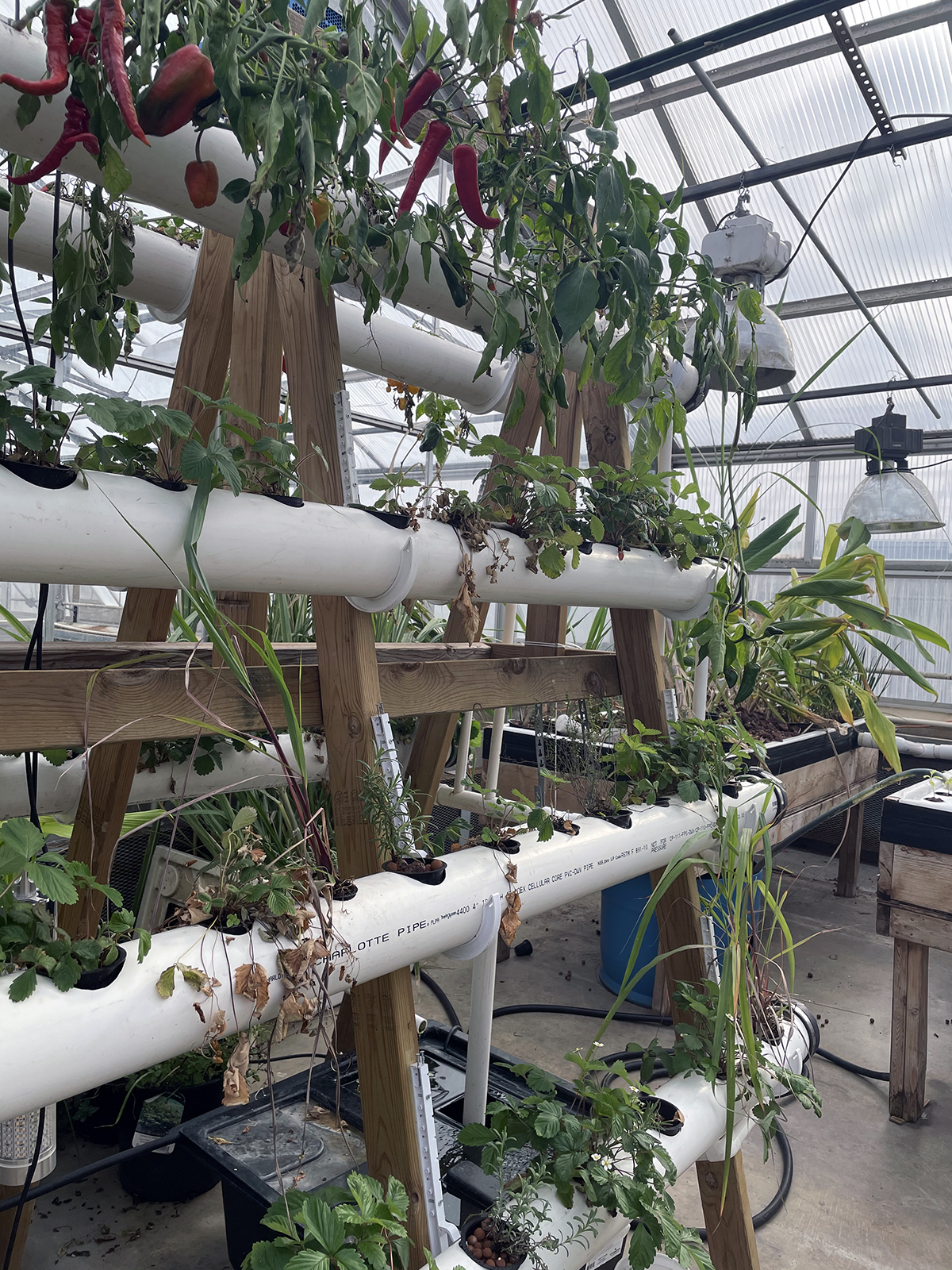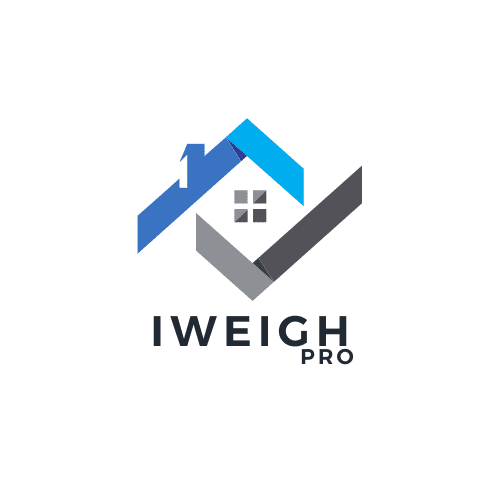Hydroponics:
Hydroponics: Have you ever wondered if plants can grow without soil? Well, wonder no more! Welcome to the fascinating world of hydroponics, a revolutionary method of gardening that does just that. Instead of soil, hydroponics uses a nutrient-rich water solution to nourish plants, allowing them to thrive in a controlled indoor environment.
Imagine growing your favorite vegetables or herbs all year round, regardless of the weather outside. With hydroponics, you can do just that. Say goodbye to traditional gardening limitations and hello to a whole new world of possibilities. Whether you have a green thumb or are just starting your gardening journey, hydroponics offers an exciting and efficient way to grow plants.
Not only does hydroponics provide a way to grow plants without soil, but it also offers numerous benefits. By eliminating the need for soil, hydroponics conserves water, maximizes space utilization, and reduces the risk of soil-borne diseases. Plus, since the plants receive a precise amount of nutrients, they tend to grow faster and produce higher yields. So get ready to embark on a hydroponic adventure and discover the incredible potential of this innovative gardening technique!

Exploring the World of Hydroponics
In recent years, hydroponics has gained popularity as a revolutionary method of growing plants. Unlike traditional soil-based agriculture, hydroponics eliminates the need for soil and allows plants to thrive in nutrient-rich water solutions. This innovative approach offers numerous benefits, such as increased productivity, conservation of resources, and the ability to grow plants in urban environments. Let’s dive into the fascinating world of hydroponics and explore its various aspects and advantages.
The Basics of Hydroponics
Hydroponics is a method of growing plants that uses a mineral nutrient solution in water instead of soil. This solution, combined with controlled environmental factors such as light and temperature, provides plants with everything they need to grow and flourish. In hydroponic systems, plants are typically grown in inert substrates like perlite, vermiculite, or coconut coir, which provide support to the roots while allowing for ample water and nutrient absorption.
One of the key benefits of hydroponics is the ability to precisely control and optimize growing conditions. The nutrient solution can be tailored to meet the specific needs of different plant varieties, ensuring optimal growth and production. Additionally, hydroponic systems can be designed to recycle and reuse water, minimizing water usage and reducing environmental impact.
Oxygen is also a crucial element in hydroponics. Oxygenated water ensures that the plant roots have access to the necessary oxygen for respiration, promoting healthy root development and preventing diseases caused by waterlogged conditions. This oxygenation can be achieved through various methods, such as the use of air stones or water pumps.
Types of Hydroponic Systems
There are several types of hydroponic systems, each with its own advantages and considerations. Let’s explore some of the most popular ones:
1. Nutrient Film Technique (NFT): In this system, a thin film of nutrient-rich water flows continuously over the plant roots, providing a constant supply of nutrients. The roots are exposed to air, allowing for efficient absorption of oxygen. NFT systems are popular for growing leafy greens and herbs.
2. Deep Water Culture (DWC): In DWC systems, plants float on a nutrient solution with their roots immersed in the water. An air pump provides oxygenation to the roots. This method is particularly suitable for larger plants like tomatoes or cucumbers.
3. Drip Irrigation: Drip systems deliver nutrient solution to plants through a network of tubes with drippers. This method allows for precise control of nutrient delivery and is often used for larger-scale hydroponic operations.
4. Aeroponics: Aeroponic systems suspend plant roots in air and mist them with a nutrient solution. This method promotes rapid growth and is highly efficient in terms of water usage. Aeroponics is commonly used for growing delicate herbs or leafy greens.
The Benefits of Hydroponics
Hydroponics offers a multitude of benefits that make it an attractive option for both home gardeners and commercial growers.
1. Increased Crop Yields: By providing plants with an optimal environment and nutrient-rich solutions, hydroponics can result in significantly higher yields compared to traditional agriculture. The controlled conditions also minimize the risk of pests and diseases, further boosting productivity.
2. Year-Round Cultivation: With hydroponics, you can control factors like light, temperature, and humidity, allowing you to grow plants regardless of the season or location. This means fresh produce can be available year-round, even in regions with harsh climates.
3. Water Conservation: Hydroponic systems use up to 90% less water compared to conventional farming methods. The recirculation and reusability of water in hydroponics minimize water waste and contribute to sustainable water management.
4. Space Efficiency: Hydroponics is ideal for urban environments or limited spaces. Since plants don’t rely on soil, they can be vertically stacked or grown in compact systems. This vertical farming approach maximizes space utilization and opens up possibilities for indoor farming.
5. Reduced Chemical Usage: Hydroponic systems can significantly reduce the need for chemical pesticides and herbicides. The controlled environment and proactive pest management strategies make it easier to prevent and control pests naturally, resulting in cleaner and healthier produce.
Hydroponic Techniques for Optimal Growth
Optimizing Nutrient Solutions
One of the critical factors in successful hydroponic gardening is creating a balanced and tailored nutrient solution for your plants. Nutrient solutions typically contain essential elements like nitrogen, phosphorus, potassium, calcium, magnesium, and trace elements. Monitoring and adjusting the nutrient solution’s pH level is also important to ensure optimal nutrient uptake by the plants.
It’s essential to follow the specific nutrient requirements of each plant species and growth stage. Many hydroponic nutrient solutions are available commercially, formulated for specific plant types. Regular testing of the nutrient solution’s electrical conductivity (EC) and pH levels helps maintain proper nutrient balance and prevent deficiencies or toxicities.
Lighting Considerations
Since hydroponic systems are often used in indoor environments or in areas with limited access to natural sunlight, providing adequate lighting is crucial for plant growth. For most plant varieties, full-spectrum LED grow lights are an excellent option, as they provide the necessary wavelengths for photosynthesis. The intensity and duration of lighting should align with the plant’s requirements at different growth stages, with adjustments made accordingly.
Proper Root Zone Management
Monitoring and maintaining a healthy root zone is essential for optimal plant growth and nutrient absorption. Regularly checking the roots for signs of diseases, such as rot or discoloration, helps catch and address any issues promptly. Additionally, ensuring proper oxygenation through adequate air circulation or air stones supports healthy root development.
In hydroponics, it’s common to use beneficial microbes or mycorrhizal fungi to promote root health. These beneficial organisms form symbiotic relationships with the roots, enhancing nutrient uptake and overall plant resilience.
+… more contant
Key Takeaways: Hydroponics
- Hydroponics is a method of growing plants without soil.
- It uses nutrient-rich water to provide essential elements for plant growth.
- Plants grown hydroponically tend to grow faster and produce higher yields.
- Hydroponics can be done indoors, making it possible to grow plants all year round.
- By controlling the environment, hydroponics allows for better disease and pest management.
Frequently Asked Questions
Welcome to our Frequently Asked Questions section on hydroponics! Hydroponics is a method of growing plants without the use of soil, where plants receive nutrients through a nutrient-rich water solution. It’s an innovative technique that offers several benefits. Read on to find answers to common questions people have about hydroponics.
How does hydroponics work?
Hydroponics utilizes a system where plants are grown in water-based nutrient solutions instead of soil. The roots of the plants are directly exposed to the nutrient solution, providing them with all the necessary elements for growth. The plants are typically grown in an inert medium such as perlite, rockwool, or coconut coir, which supports the plants and allows them to anchor their roots.
The nutrient solution is carefully balanced to meet the plants’ nutritional needs, and it is circulated to ensure a constant supply of nutrients. Plants grown hydroponically tend to grow faster and produce higher yields, as they can access nutrients more efficiently and expend less energy on root growth.
What are the advantages of hydroponics?
Hydroponics offers several advantages over traditional soil-based gardening. First, the water-based system allows for more efficient use of water. It eliminates issues such as evaporation, runoff, and leaching, resulting in significant water savings. This makes hydroponics a more sustainable and environmentally friendly way of growing plants.
Another advantage is that hydroponics allows for precise control over nutrient levels. With this method, growers can tailor the nutrient solution to meet the specific needs of different plants, ensuring optimal growth and health. Additionally, hydroponics eliminates the risk of soil-borne diseases and pests, reducing the need for pesticides and making it an ideal choice for organic gardening.
What types of plants can be grown hydroponically?
Almost any type of plant can be grown hydroponically. Leafy greens like lettuce, spinach, and herbs are particularly well-suited for hydroponics due to their rapid growth and high water content. Fruiting crops such as tomatoes and peppers also thrive in hydroponic systems, as they benefit from the nutrient-rich solution and controlled environment.
In addition to edible crops, hydroponics can be used to grow ornamental plants, flowers, and even certain trees. The flexibility of hydroponics makes it suitable for a wide range of plants, making it a popular choice among both home gardeners and commercial growers.
Is hydroponics more cost-effective than traditional gardening?
While the initial setup costs of a hydroponic system may be higher compared to traditional gardening methods, there are long-term cost savings to consider. Hydroponics uses less water, requires fewer pesticides, and can produce higher yields per square foot. This means that over time, the cost of inputs such as water and fertilizers can be significantly reduced, resulting in overall cost savings.
Furthermore, hydroponics allows for year-round cultivation, providing a consistent supply of fresh produce regardless of seasonal limitations. This can help save money on grocery bills and can be particularly beneficial in areas with harsh climates or limited access to fresh produce.
Is hydroponics suitable for beginners?
Absolutely! Hydroponics can be enjoyed by beginners and seasoned gardeners alike. In fact, many beginners find that hydroponics is easier to manage than traditional gardening methods, as it offers greater control over plant nutrition and reduces the risk of soil-related issues. There are simplified hydroponic systems available that are specifically designed for beginners, making it an accessible and enjoyable way to grow plants.
With the right knowledge and guidance, anyone can start their own hydroponic garden, whether in a small-scale setup at home or a larger commercial venture. There are abundant resources, online communities, and local classes that can provide valuable information and support for beginners diving into the world of hydroponics.

How to Set Up The Kratky Hydroponics Method (Tutorial)
Summary
Hydroponics is a cool way to grow plants without soil. Instead, they grow in water with added nutrients. It helps plants grow faster, use less water, and take up less space. Plus, you can grow your own veggies at home all year round!
Hydroponics uses a variety of systems, like nutrient film technique (NFT) and deep water culture (DWC). You can grow fruits, veggies, and even herbs without any soil. It’s a sustainable and efficient way to produce food. So, if you’re interested in gardening or want to try something new, give hydroponics a go!
